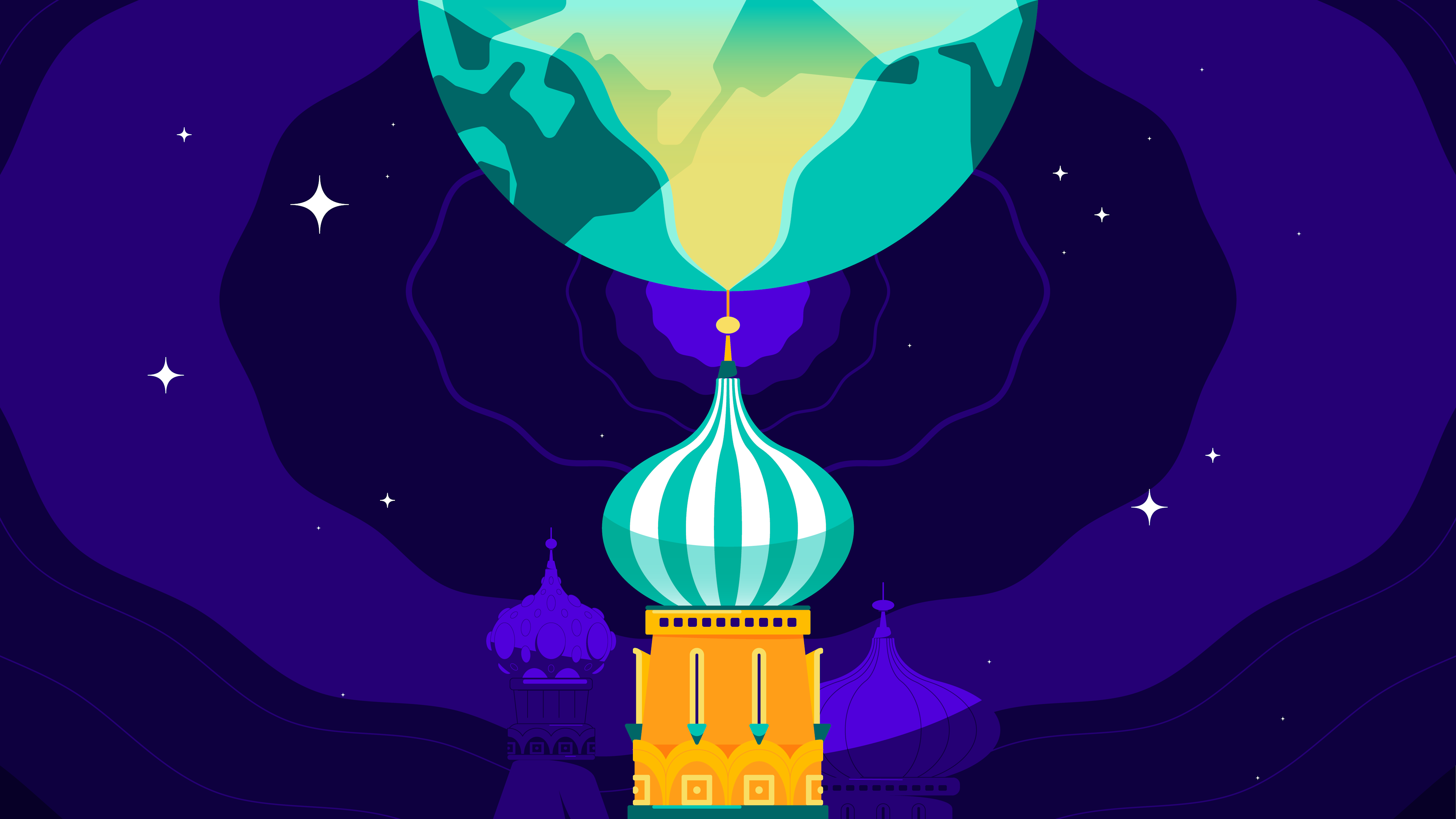The Story
Russia is the pesky fly to the Western world’s swatter.
Take me back to where it all began.
Russia and the Western world (primarily North America and Europe) have been at ideological odds for decades. During the Cold War, the Soviet Union set up pro-communist governments in Eastern Europe, and the West was on edge over the possibility that it could do the same in Western Europe and beyond. Meanwhile, the Soviet Union was frustrated that the West didn’t view it as a worthy contributor to the international world order. But things started to change in 1989.
What happened then?
The USSR and communism began to collapse, and Soviet countries were free from the USSR’s reign. Post-Soviet Russia was defined by its fear that the rest of the world would see it as weak. To combat this, Russia saw an opportunity to join forces with the West rather than be at odds. That thinking became especially visible under Russian President Vladimir Putin, who was first elected in 2000 and has been steering the Russian ship (with stints as both president and prime minister) ever since. At first, his presidential vision board included building a relationship with the West (example: closing its military facilities in Cuba, which was seen as a gesture of goodwill). But as time went on, Putin started to rethink his ‘West friends best friends’ strategy.
Why?
A few events that took place in Russia’s backyard forced Putin to confront the reality that European powers, the US, and former Soviet countries didn’t see Russia as a strategic partner or voice worth listening to. That included…
The US invasion of Iraq: Russia and Iraq have long had economic and security ties. After 9/11, then-President Bush invaded Iraq without getting permission from the UN Security Council, where Russia has veto power. Putin was not amused.
“Color revolutions”: In the early 2000s, a wave of peaceful pro-democracy movements hit former Soviet countries like Ukraine (the Orange Revolution), Kyrgyzstan (the Tulip Revolution), and Georgia (the Rose Revolution). They started as uprisings calling for more modern and democratic countries, and helped usher in pro-Western politicians. This was a clear sign that the West’s influence there was more powerful than Russia’s.
NATO’s expansion: The North Atlantic Treaty Organization started in 1949 as a defense against Soviet threats (think: nuclear warfare). And less than a decade after the fall of communism, a number of formerly Soviet countries in Eastern Europe said ‘hi, can we join?’. On top of that, NATO has refused to let Russia join the squad, despite Putin’s requests.
So what did Putin do about all this?
He came up with a new strategy: no more Mr. Nice Guy. Instead, he planned to show the West why Russia should sit with Regina George at the global lunch table. Decades after Russia lost the influence it wielded during the Cold War, Putin wants the respect of the rest of the world. One of the primary ways he’s done this is by interfering in other countries’ affairs. We get into how he does that and the global impacts of Russia’s meddling in theSkimm app. Every week, the app goes deep on a different news topic to give you the context you need to understand what's going on in the world. Download the app now and you get the first week free.
Live Smarter
Sign up for the Daily Skimm email newsletter. Delivered to your inbox every morning and prepares you for your day in minutes.
